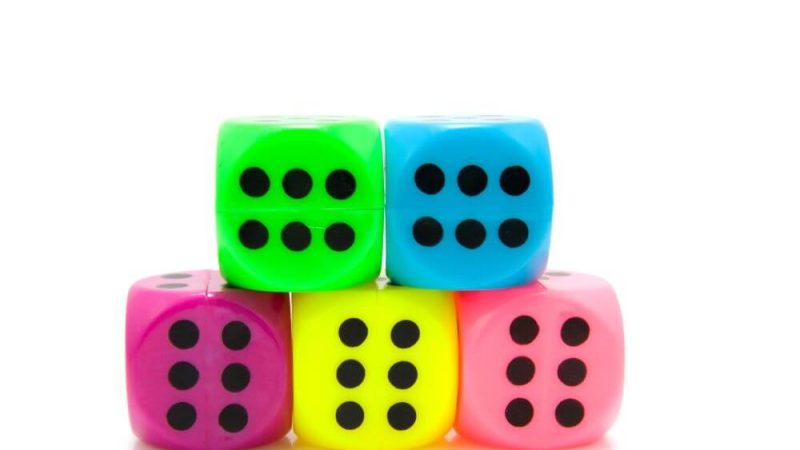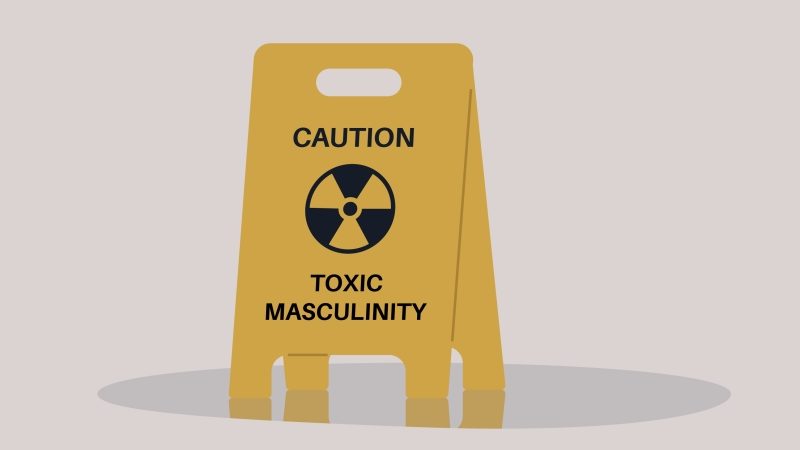Science books – Using fiction to engage learners
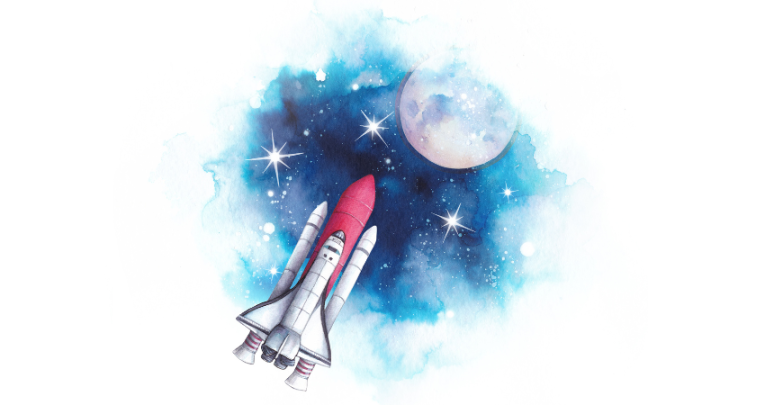
Alom Shaha explains how we can use fiction to engage children with science…
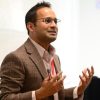
- by Alom Shaha
- Physics teacher, author and filmmaker Visit website
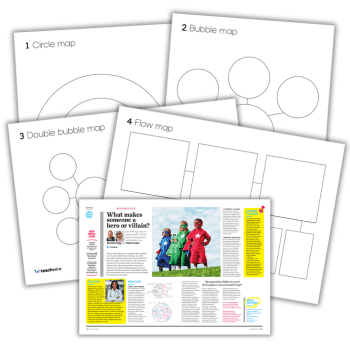
Science was not something I took much interest in until my GCSEs, when I was lucky to have great teachers who made me see that their subject could open up exciting new ways of looking at and making sense of the world.
I had always enjoyed my English lessons, regardless of who was teaching them. I loved books and reading so much that it didn’t really matter what the teachers did.
As well as having teachers who engaged me, there was another crucial difference between my science and English lessons.
My English teachers never made me feel that writing books was something someone like me could ever do. My science teachers, however, made it clear that any one of us could grow up to be a scientist.
As a science teacher myself now, I joke with my English-teaching colleagues that their jobs are much easier than mine. They don’t have to work so hard to engage students with their subject.
I mean, it must surely be easier to captivate children with stories written by the best writers who ever lived than it is to make them engrossed in the behaviour of electric circuits or the properties of a gas?
Whilst this may not be entirely true, there is plenty of research that supports the power of storytelling as a teaching tool.
It’s something that I’ve come to rely on in my work as both a teacher and an author who specialises in books about science.
Making links
In their paper Rethinking Narrative: Leveraging storytelling for science learning, Engel, Lucido and Cook write:
‘A compelling narrative capitalises on the way children’s brains naturally develop to process ideas, and it provides rich context to make otherwise seemingly abstract ideas relevant in a personally meaningful way’.
The authors apply this to developing ‘learning experiences’ at the Field Museum in Chicago. It’s something I have tried to do in my first picture book, How to Find a Rainbow.
The book tells the story of two very different red panda sisters. They go in search of a rainbow, fall out with each other along the way, and ultimately work out for themselves how rainbows are formed.
How to Find a Rainbow follows what we call a ‘classical’ story structure. There’s an instigating incident that sets the characters off on a journey of discovery.
But it also has a science element to it, which, I hope, might be useful for colleagues wanting to teach about light, or just science in general.
According to the national curriculum, science teaching at KS1 should ‘enable pupils to experience and observe phenomena, looking more closely at the natural and humanly-constructed world around them’.
That’s really one of the messages at the heart of How to Find a Rainbow, and indeed, the other books I’ve written for children.
So, while I may not have become a science-fiction writer, I have become someone who writes fiction science books.
Fiction science books in the classroom
I love stumbling across ‘science in fiction’ that I can use in my own lessons. When teaching about space, or stars, for example, I like to use the wonderful explanation of why people are drawn to astronomy, as said by one of the characters in the novel Postcards by Annie Proulx.
Another favourite of mine is When the Wind Blows by Raymond Briggs, which provides an incredibly powerful and horrifying way of conveying the dangers of nuclear radiation as well as allowing for discussion of the political and social implications of nuclear science.
It’s not just the facts of science you can find in stories. You can draw out the methods of science – observation, experimentation and thinking skills – from stories you perhaps already use.
For example, on his Science Fix blog, former science teacher Danny Nicholson suggests using The Gingerbread Man ‘as a starter for investigations into how long a gingerbread man would survive in water’.
Similarly, you could use Jack and the Beanstalk to introduce a project on plants, or The Gruffalo to explore habitats. I know that primary teachers don’t need reminding of the power of storytelling, but I hope my thoughts here might just help you extend that power to science as well.
Recommended fiction science books
Key Stage 1
Tadpole’s Promise by Tony Ross and Jeanne Willis
This book works on many levels – it’s either incredibly dark or hilarious, or both, depending on your sense of humour. The ending both shocked me and made me laugh.
It shows the life cycle of a tadpole and of a butterfly, but can also be used to discuss other aspects of the natural world like shared habitats and predators and prey.
The Story of the Little Mole Who Knew it Was None of His Business by Werner Holzwarth and Wolf Erlbruch
This is a much more straightforwardly amusing tale of a mole who goes on a hunt to find out who has done their ‘business’ (a poo) on his head.
Key Stage 2
The Diary of Curious Cuthbert by Jack Challoner
This collection of stories effortlessly combines compelling storytelling with accurate and accessible explanations of some of the biggest ideas in science. Not only that, the whole thing is written in rhyme!
The Same Stuff as Stars by Katherine Paterson
The title of the book refers to the scientific fact that the elements of which we are all made were formed in a dying star.
This is just one of the things about stars and the planets that the main character, Angel, learns from the ‘Star Man’, in this story about a neglected child who has to take care of herself and her little brother.
Alom Shaha is a physics teacher, writer, filmmaker, and science communicator. How to Find a Rainbow is out now.







